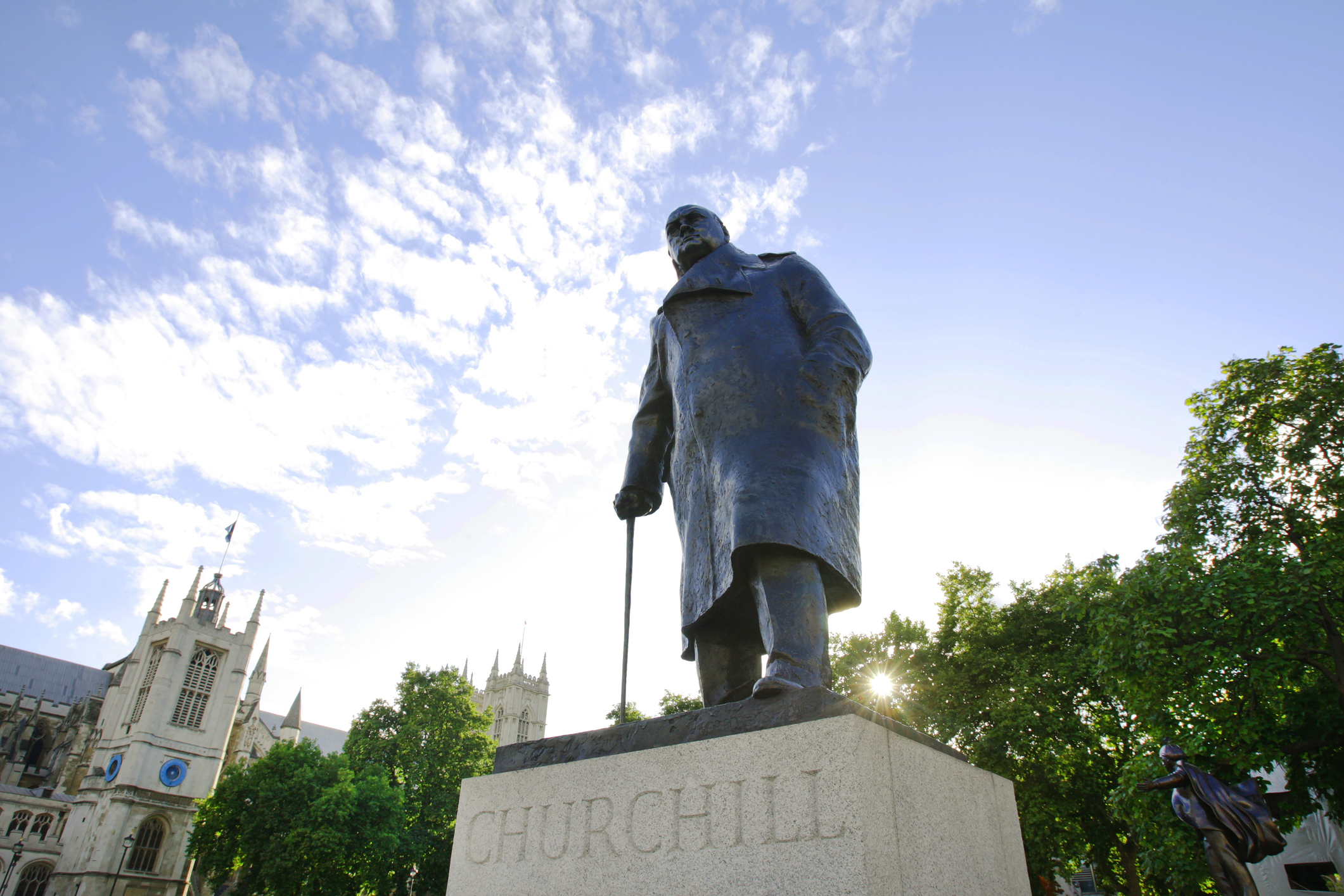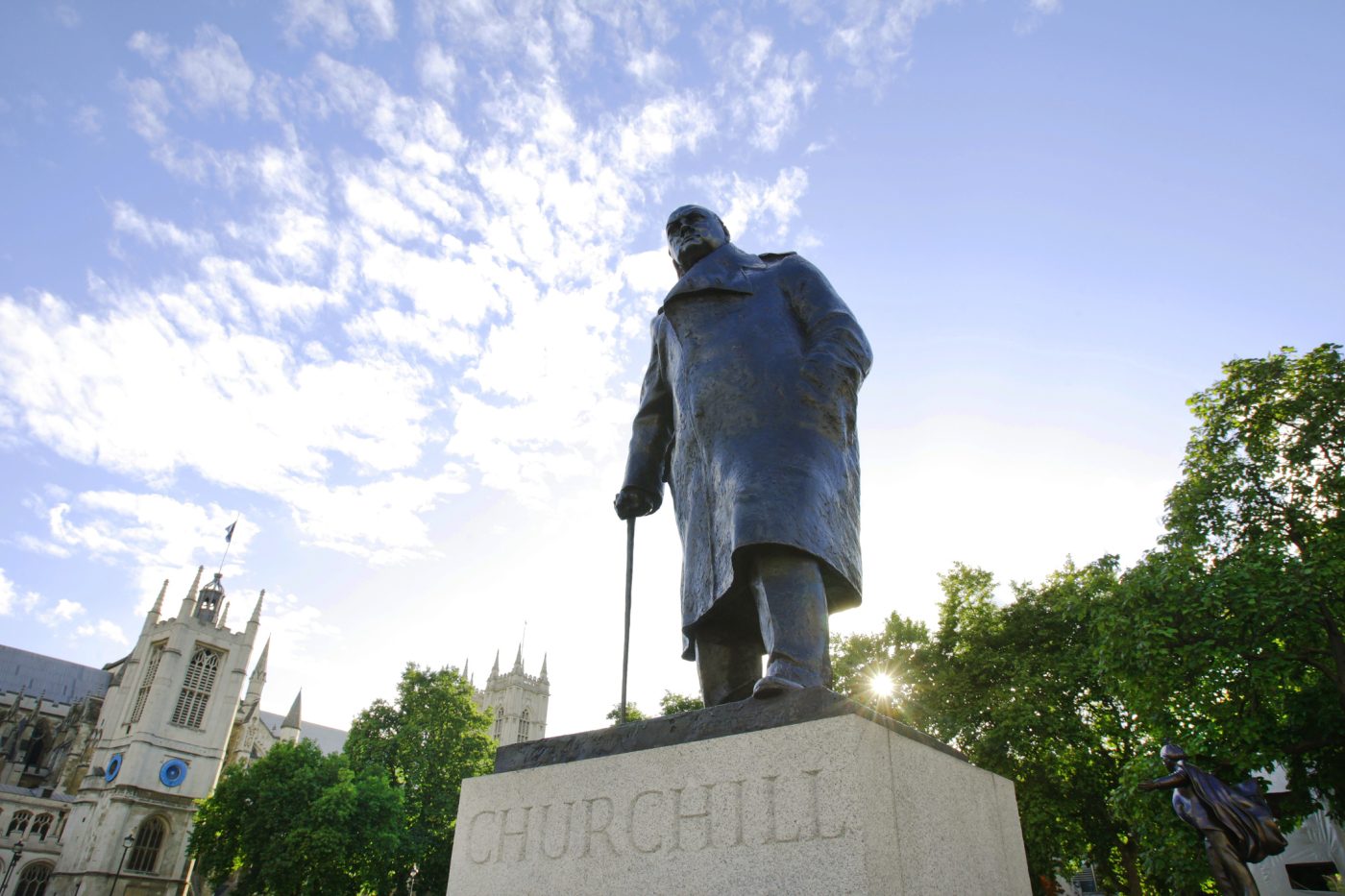Thought of the Day

Don’t compare your beginning to someone else’s middle.


Don’t compare your beginning to someone else’s middle.

This breakfast is so delicious, it could also make a great dessert! Enjoy these classic crêpes with a filling of your choice.
1. Mix the batter
In a mixing bowl, whisk the flour and salt together. Then add the eggs and milk, whisking until smooth, and whisk in the melted butter, sugar, and vanilla.
2. Prep the stove
Let the batter rest for 10–15 minutes for the best texture. Then, heat a nonstick skillet over medium heat and lightly butter it.
3. Cook the crêpes
Pour about ¼ cup of the batter into the pan and immediately swirl to spread it thin. Then, cook for 30–45 seconds until the edges lift and the bottom is lightly golden. Next, flip and cook the other side for about 20–30 seconds. Repeat with the remaining batter.
4. Create your filling
Now for the fun part! Stuff the crêpes with your filling of choice and enjoy your easy yet decadent breakfast.


Don’t rush when you are faced with difficulties.


“Courage is going from failure to failure without losing enthusiasm.” – Winston Churchill


Have order without confusion and show compassion on others.

This warm, chewy baked soft pretzel recipe is quick, easy, and the perfect salty snack.
1. Activate the yeast
In a large bowl, mix warm water and sugar. Sprinkle yeast over the top and let sit for 5–10 minutes until foamy.
2. Make the dough
Add salt, melted butter, and flour to the yeast mixture. Mix until a dough forms, then knead on a floured surface for 5 minutes until smooth. Place dough in an oiled bowl, cover, and let rise for about 1 hour, or until doubled.
3. Preheat the oven
Preheat oven to 450°F.
4. Shape the pretzels
Divide dough into 8 equal pieces. Roll each into a 20–22 inch rope and twist into pretzel shapes.
5. Baking soda bath
Bring 10 cups water and baking soda to a gentle boil. Drop each pretzel into the water for 20–30 seconds, then remove and place on a parchment-lined baking sheet.
6. Egg wash and salt
Brush each pretzel with beaten egg. Sprinkle generously with coarse salt.
7. Bake and enjoy
Bake for 12–15 minutes until deep golden brown. Brush with butter right out of the oven and enjoy!

About Me:
Sparky is a dog who loves with his whole heart. He is friendly and affectionate with everyone he meets. Sparky prefers being near people and will happily nap by your side on the couch (most often with at least some part of his body touching yours) or at your feet. He is still learning about personal space, but he is capable of resting independently and out of sight. Sparky deeply enjoys belly rubs and his gentle snores are endearing.
Sparky is a playful boy with a nice medium energy who loves extra strong chew toys and a rope to prance around with. He entertains himself quite well with his toys and has not put his mouth on any item in the house that doesn’t belong to him. He is a curious boy who will follow you around to see what you’re up to. Sparky is potty-trained and sleeps in his crate overnight without making a peep. He also did great with his bath!
Sparky is excellent on leashed walks around the neighborhood and greenways and non-reactive to passing dogs. Sparky wants to please and is very treat-motivated. (He takes treats gently.) He knows sit and down already and is working on stay, come, and place. He is making strides at learning to rest on his bed while we eat dinner instead of coming to the table. He responds well to calm and firm verbal commands and correction.
If you want a devoted snuggle buddy and stellar companion who truly thinks the world of you then please meet Sparky!
Sparky 261757
Breed: American Staffordshire Terrier
Sex: Male
Age: 6 years and 4 months
Weight: 55.5 pounds
Spayed/Neutered: No
Location: Shelter
Date In Shelter: 7/7/2025
Powered by The Aluminum Company of North Carolina!

Your number one choice for windows, doors, gutters, and exterior home remodeling. Visit them at aluminumcompany.com for a free estimate.


You are never too old to reinvent yourself.

This classic hot cocoa is a decadent way to warm up as it gets cold outside.
1. Make the base
In a small saucepan over medium heat, whisk together the cocoa powder, sugar, salt, and about 2 tablespoons of the milk to form a smooth paste.
2. Add the milk
Slowly whisk in the rest of the milk, then heat just until steaming.
3. Add the chocolate
Add the chopped chocolate and whisk until fully melted and smooth.
4. Finishing touches
Remove from heat, stir in the vanilla, and pour into mugs. Then, top with your choice of whipped cream, marshmallows, or candy cane crumbles and enjoy!


The show must go on.